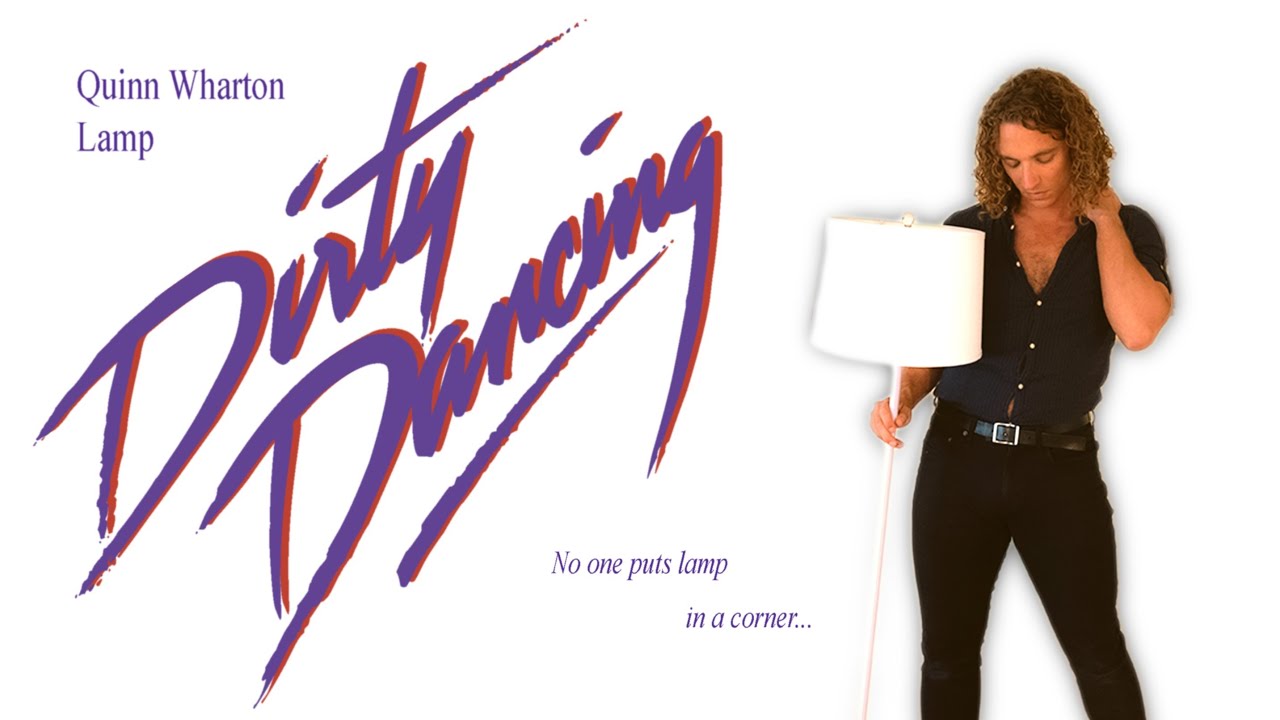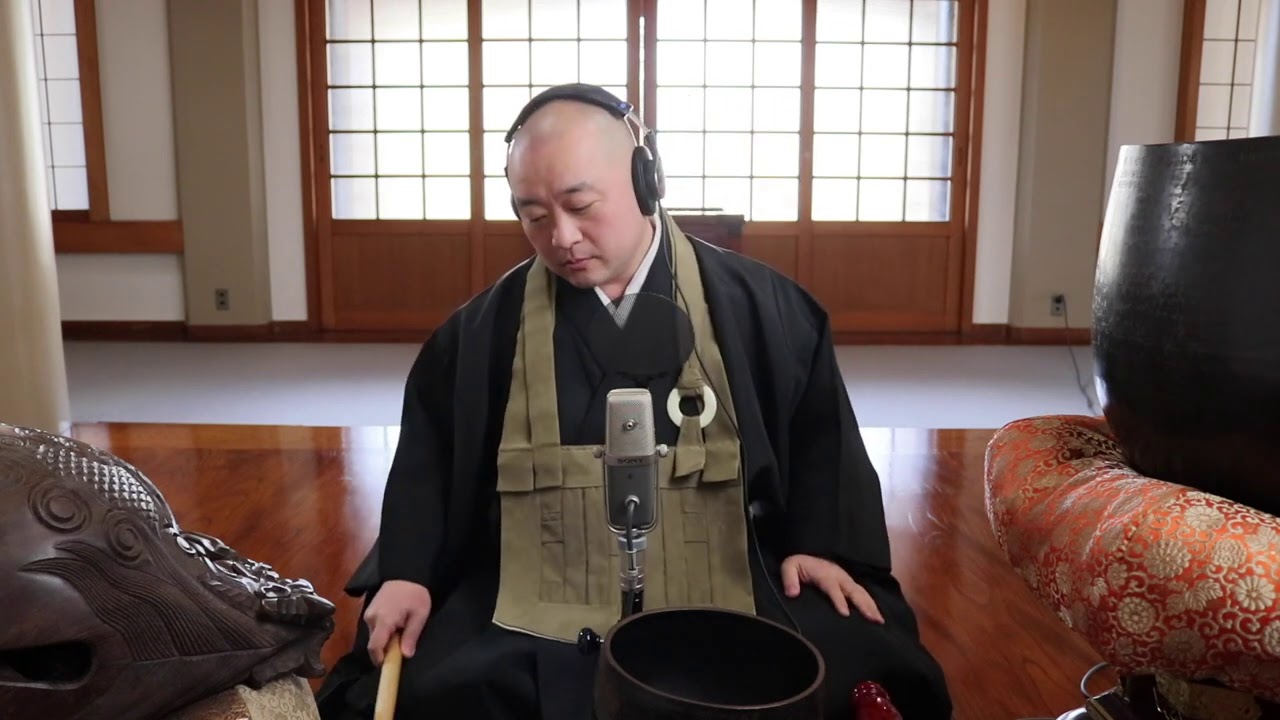The Art of Creating a Bonsai: One Year Condensed Condensed Into 22 Mesmerizing Minutes
To be a good writer, one must be a good reader. This is made true by the need to absorb and assess the work of other writers, but even more so by the need to evaluate one’s own. Writing is re-writing, to coin a phrase, and effective re-writing can only follow astute re-reading. This condition applies to other arts and crafts as well: take bonsai, the regarding of which constitutes a skill in and of itself. To craft an aesthetically pleasing miniature tree, one must first be able to see an aesthetically pleasing miniature tree — or perhaps to feel one. “Bonsai trees (and inspiring art in general) give me a ‘feeling’ that is hard to describe,” as practitioner Bucky Barnes puts it in the video above. “I’m not getting it from this tree yet, so I know I need to continue tweaking.”
That tree is a Japanese larch bonsai, Barnes’ year of work on which the video compresses into a mere 22 minutes. The work is more than a matter of water and sunlight: aspects that must be considered and aggressively modified, include the plant’s viewing and potting angle, the number and direction of its branches, and even the structure of roots spreading through the soil below.
Barnes breaks out a range of clippers, knives, pastes, brushes, and wires — part of a suite of tools that, at least for the masters back in bonsai’s homeland of Japan, can get expensive indeed. To us laymen, the tree that results from this year of work looks pretty respectable, but by bonsai standards its existence has only just begun. Over the coming decades — or even the coming centuries — it could take on other qualities altogether. When well maintained, bonsai only improve with age.
As demonstrated in the video just above, however, not every bonsai receives such maintenance. A product of the same Youtube channel, Bonsai Releaf, “Restoring a Neglected Chinese Juniper Bonsai” begins with a tree that, to many of its nearly four million viewers so far, probably doesn’t look too bad. Barnes sees things differently: beginning by sketching the tree, apparently a standard stage of his professional bonsai-viewing process, he sets about correcting a host of deficiencies like “lower branches competing for light,” excessive upward or downward growth (as well as something called “weak crotch growth”), and dead tissue not delineated from living. This laborious operation requires an even wider tool set, encompassing Dremels and even flames. But by the video’s end, anyone can see the difference in the tree itself — and more importantly, feel it.
Related Content:
The Art & Philosophy of Bonsai
A Digital Animation Compares the Size of Trees: From the 3-Inch Bonsai, to the 300-Foot Sequoia
Based in Seoul, Colin Marshall writes and broadcasts on cities, language, and culture. His projects include the Substack newsletter Books on Cities, the book The Stateless City: a Walk through 21st-Century Los Angeles and the video series The City in Cinema. Follow him on Twitter at @colinmarshall or on Facebook.
The Art of Creating a Bonsai: One Year Condensed Condensed Into 22 Mesmerizing Minutes is a post from: Open Culture. Follow us on Facebook and Twitter, or get our Daily Email. And don’t miss our big collections of Free Online Courses, Free Online Movies, Free eBooks, Free Audio Books, Free Foreign Language Lessons, and MOOCs.
, To be a good writer, one must be a good reader. This is made true by the need to absorb and assess the work of other writers, but even more so by the need to evaluate one’s own. Writing is re-writing, to coin a phrase, and effective re-writing can only follow astute re-reading. This condition
The Art of Creating a Bonsai: One Year Condensed Condensed Into 22 Mesmerizing Minutes is a post from: Open Culture. Follow us on Facebook and Twitter, or get our Daily Email. And don’t miss our big collections of Free Online Courses, Free Online Movies, Free eBooks, Free Audio Books, Free Foreign Language Lessons, and MOOCs.














